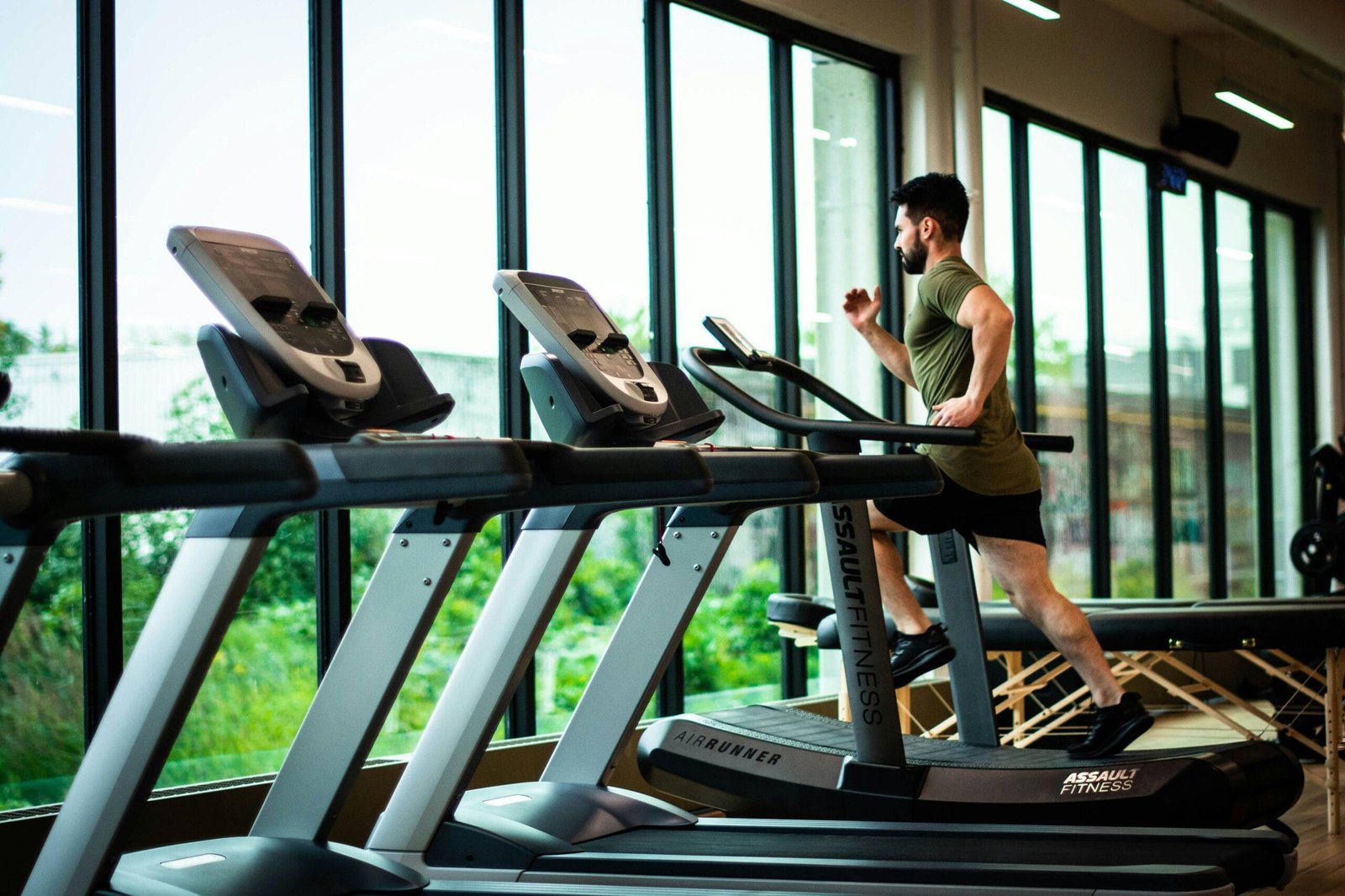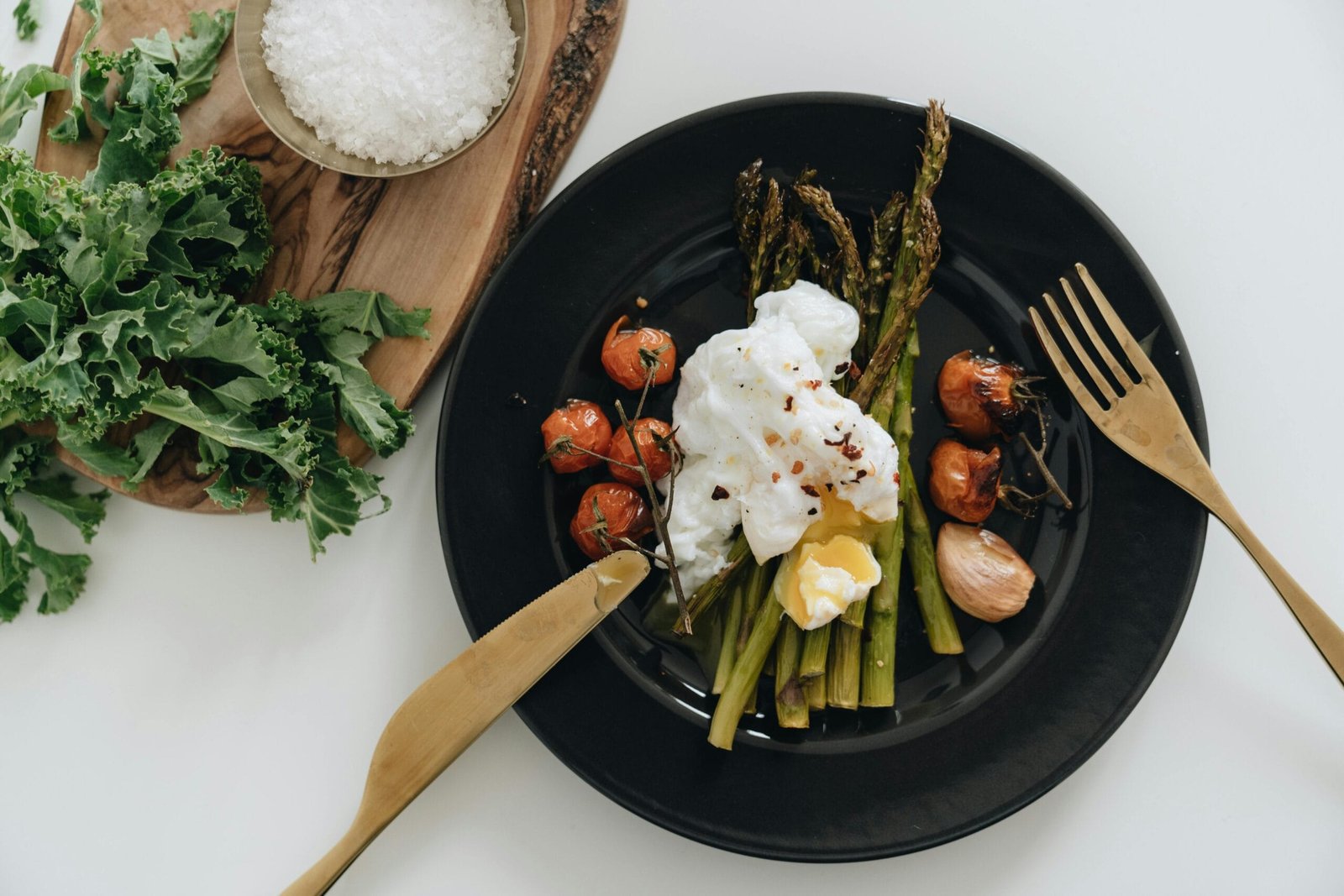Table of Contents
ToggleIntroduction
Starting your fitness journey can be a daunting task, especially if you’re a beginner. With so many exercises, machines, and fitness advice floating around, it’s easy to feel overwhelmed. That’s why having a structured gym workout plan is crucial. Not only does it give you a clear roadmap to follow, but it also helps ensure you’re targeting all the right muscles and staying consistent with your workouts.
Why Starting a Gym Workout Plan Can Be Intimidating for Beginners
Walking into a gym for the first time can feel like stepping into a foreign land. With all the intimidating equipment, the fit bodies moving with confidence, and the fear of not knowing what to do, it’s no wonder many people feel nervous about starting a gym workout plan. However, the good news is that everyone starts somewhere. With the right plan and mindset, you can overcome these initial fears and build a solid foundation for your fitness journey.
The Benefits of a Structured Workout Plan
A structured workout plan takes the guesswork out of your gym sessions. It provides a balanced approach to fitness, ensuring that all muscle groups are adequately targeted. Moreover, it helps in preventing overtraining and reduces the risk of injury. A well-designed plan also keeps you motivated and accountable, making it easier to track your progress and see results over time.
What to Expect from This Guide
In this guide, we will cover everything you need to know to create a 7-day gym workout plan tailored for beginners. From understanding the basics of a workout plan to customizing it based on your fitness level and goals, we’ll walk you through every step of the process. So, let’s get started!
Understanding the Basics of a Workout Plan
What Is a Workout Plan?
A workout plan is a structured schedule of exercises designed to help you achieve specific fitness goals. It typically includes a variety of exercises that target different muscle groups, along with guidelines on the number of sets, reps, and rest periods.
Key Components of a Balanced Workout Plan
A well-rounded workout plan includes several key components:
- Strength Training: Focuses on building muscle strength and endurance.
- Cardio: Improves cardiovascular health and burns calories.
- Flexibility and Mobility Exercises: Enhances range of motion and reduces the risk of injury.
- Rest and Recovery: Allows muscles to repair and grow.
The Importance of Rest and Recovery
Rest and recovery are just as important as the workouts themselves. Your muscles need time to recover and rebuild after intense exercise. Without adequate rest, you increase the risk of overtraining and injury.
Assessing Your Fitness Level
Why You Need to Know Your Starting Point
Before starting any workout plan, it’s essential to assess your current fitness level. Knowing where you stand will help you set realistic goals and track your progress. It also ensures that you choose exercises that are appropriate for your abilities.
Simple Self-Assessment Techniques
To assess your fitness level, consider the following:
- Cardiovascular Endurance: How long can you sustain a moderate-intensity activity like jogging or cycling?
- Muscular Strength: How many push-ups or squats can you do with proper form?
- Flexibility: Can you touch your toes without bending your knees?
Understanding Your Fitness Goals
Setting clear and achievable fitness goals is key to staying motivated and focused. Your goals will guide your workout plan and help you measure success.
Setting Realistic Fitness Goals
Your goals should be specific, measurable, achievable, relevant, and time-bound (SMART). Instead of saying, “I want to get fit,” aim for something like, “I want to be able to run 5 miles without stopping in 3 months.”
The SMART Approach to Goal Setting
The SMART method is a great way to set and achieve your fitness goals. Here’s how it works:
- Specific: Be clear about what you want to achieve.
- Measurable: Define how you will measure progress.
- Achievable: Ensure your goal is realistic given your current fitness level.
- Relevant: Choose a goal that aligns with your interests and lifestyle.
- Time-Bound: Set a deadline to keep yourself accountable.
Short-Term vs. Long-Term Fitness Goals
It’s important to have both short-term and long-term goals. Short-term goals give you something to strive for in the immediate future, while long-term goals keep you focused on the bigger picture.
How to Stay Motivated and Consistent
Staying motivated can be challenging, especially when you’re just starting out. To keep your spirits high:
- Celebrate Small Wins: Acknowledge and celebrate your progress, no matter how small.
- Find a Workout Buddy: Having a partner can make workouts more enjoyable and hold you accountable.
- Mix It Up: Keep things interesting by trying new exercises and routines.
Essential Equipment and Gear for Beginners
Gym Equipment You’ll Need for This Plan
To get started with this workout plan, you’ll need some basic gym equipment:
- Dumbbells: For various strength training exercises.
- Resistance Bands: Great for flexibility and mobility exercises.
- Cardio Machines: Like a treadmill or stationary bike for cardio workouts.
Basic Workout Gear for Comfort and Safety
Wearing the right gear can make a big difference in your workout experience. Here’s what you should consider:
- Comfortable Clothing: Choose breathable fabrics that allow for a full range of motion.
- Supportive Shoes: Invest in a good pair of workout shoes to prevent injuries.
- Water Bottle: Staying hydrated is crucial for performance and recovery.
Optional Accessories That Can Enhance Your Workout
While not necessary, these accessories can enhance your workout experience:
- Fitness Tracker: To monitor your heart rate, steps, and calories burned.
- Yoga Mat: For stretching and floor exercises.
- Foam Roller: Helps with muscle recovery and soreness.
Understanding Basic Gym Terminology
Common Terms You’ll Encounter in the Gym
As a beginner, you might come across some unfamiliar gym terms. Here are a few to get you started:
- Reps: Short for repetitions, the number of times you perform an exercise.
- Sets: A group of repetitions performed without rest.
- Circuit: A series of exercises performed one after the other with minimal rest.
Understanding Reps, Sets, and Circuits
Knowing the difference between reps, sets, and circuits is crucial for following any workout plan:
- Reps: For example, doing 10 push-ups means you’ve completed 10 reps.
- Sets: If you do 10 push-ups, rest, and then do 10 more, you’ve completed 2 sets of 10 reps.
- Circuit: A full-body circuit might include 1 set of push-ups, followed by squats, lunges, and burpees, repeated several times.
Gym Etiquette: What You Need to Know
Understanding and following gym etiquette can make your workouts more pleasant for you and those around you:
- Wipe Down Equipment: Always clean equipment after use.
- Respect Personal Space: Give others enough room to work out safely.
- Return Weights: Always put back weights and equipment after use.
Creating Your 7-Day Gym Workout Plan
Overview of the 7-Day Workout Schedule
This workout plan is designed to be simple yet effective for beginners. Here’s a quick overview:
- Day 1: Full-Body Strength Training
- Day 2: Cardio and Core Workout
- Day 3: Lower Body Strength Training
- Day 4: Active Rest Day
- Day 5: Upper Body Strength Training
- Day 6: High-Intensity Interval Training (HIIT)
- Day 7: Flexibility and Mobility Workout
Why This Plan Works for Beginners
This plan works because it gradually introduces different types of exercises, ensuring a balanced approach to fitness. It allows for rest and recovery, which is essential for beginners who are just starting out.
Customizing the Plan to Fit Your Needs
Feel free to adjust the plan based on your fitness level and goals. If an exercise feels too challenging, modify it or reduce the reps and sets.
Day 1: Full-Body Strength Training
Warm-Up Routine for Day 1:
Start with a 5-minute warm-up to get your blood flowing and muscles ready. You can do some light cardio like brisk walking or jumping jacks.
Key Exercises to Include:
- Squats: Targets the legs and glutes.
- Push-Ups: Works the chest, shoulders, and triceps.
- Dumbbell Rows: Strengthens the back and biceps.
Cool Down and Stretching Routine:
End with a 5-minute cool down, focusing on stretching the muscles you worked.
Day 2: Cardio and Core Workout
Importance of Cardiovascular Fitness:
Cardio exercises are great for improving heart health and burning calories.
Core Strengthening Exercises:
- Planks: Strengthens the core and improves stability.
- Bicycle Crunches: Targets the obliques and abdominals.
Sample Cardio Workout Routine:
- 10 minutes on the treadmill at a moderate pace.
- 5 minutes of high-intensity intervals on the stationary bike.






One comment on “How to Create a 7-Day Gym Workout Plan for Beginners”